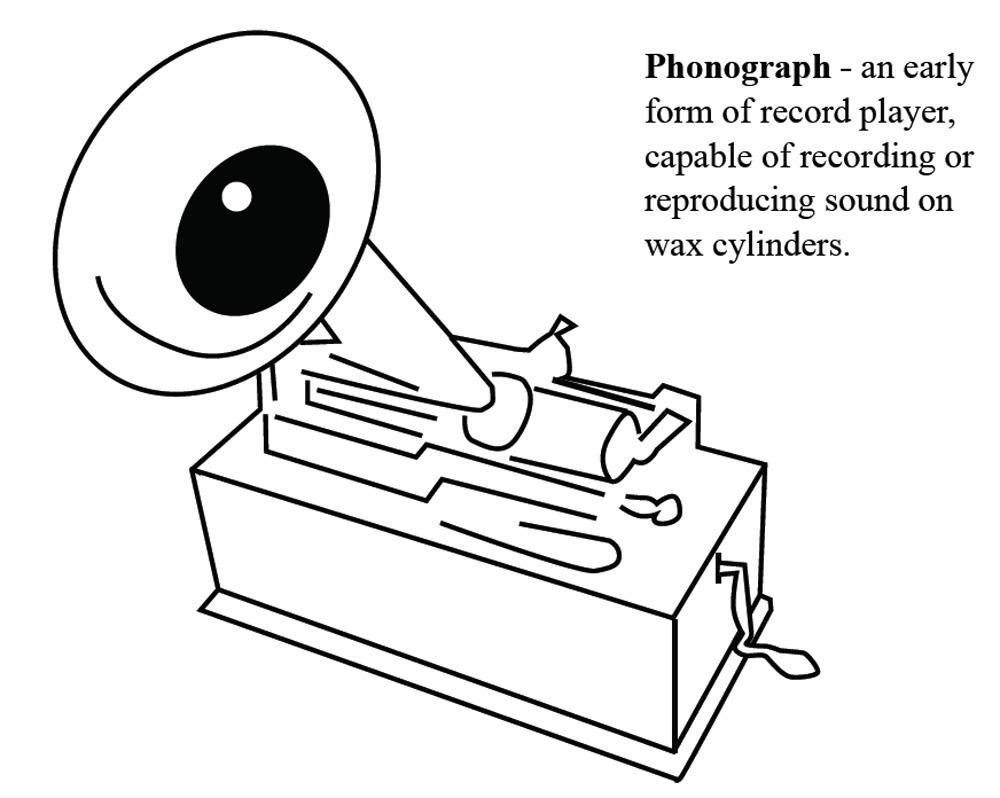Title Page
Creative Writing Tutor
LOOKING AT PEOPLES LIVES
by
Sally Jones and Amanda Jones
Publisher Information
Published by GUINEA PIG EDUCATION
2 Cobs Way
New Haw, Addlestone
Surrey, KT15 3AF
www.guineapigeducation.co.uk
Digital edition converted and dstributed in 2012 by
Andrews UK Limited
www.andrewsuk.com
Copyright 2011 Sally A Jones and Amanda C Jones
This pack may not under any circumstances be photocopied, without the prior consent of the publisher.
Choose a topic and start to practise writing. Each booklet has a theme to help you start to write...stories, reports, articles, letters and many more. Start collecting them now.
Guinea Pig Creative Writing booklets also provide extra practice for children who have completed:
- Creative Story Writing
- Persuasive Writing & Argument
- Information Writing
They are for children who are working at Key Stage 2 of the National Curriculum, levels 3-5 (in Years 5 and 6 of primary school), children who are working at Key Stage 3, levels 3-5 (Years 7 and 8 of Secondary School). They provide practice for all 9-13 year olds, especially children taking 11+ examinations.
First things first...
Lets learn to write non-fiction.
When you write non-fiction, you may write:
- a newspaper report
- an information leaflet
- instructions
- a diary entry.
- a biography
- an autobiography
You must decide:
- Who will be my target audience?
- Who will read this writing?
- What is the purpose of my writing?
You may be writing to inform your reader. Information writing will include facts (points that are true) and opinions (points the writer considers to be right and wants you to believe.
Biography
Use a non-fiction writing plan to write a biography.
PARAGRAPH 1
- Introduce the subject or the person youre writing about.
PARAGRAPH 2, 3, 4...
- Make point one: the persons childhood
- Make point two: his or her adult life
- Make point three: achievements he or she is remembered for.
- Organise your writing. Write the points in a logical order as they happened.
Conclusion
- Comment again about the main points. As the writer, you can add your opinions saying what you think.
Remember:
- Use connectives or conjunctions:
- and or but (to join compound sentences)
- or, so, if, when, while, after, before, because, unless, until, whereas, although (to join complex sentences)
- use pronouns - who, which, whose, what, that
- to link ideas use - firstly, later, therefore, on the other hand, at that moment, by this time, next, soon...
- Use linking words at the beginning of paragraphs
- further more, what is more, more than this, however.
- Use a range of sentences -simple, compound and complex sentences
Thomas Edison
Thomas Edison was one of the worlds most successful inventors. Without the devices he invented, the world would not have the technology it has today. Lets read his story:
His childhood
Thomas Edison was born on February 11th 1842, in the village of Milan, Ohio, USA. During his childhood, he developed a problem that made him partially deaf. From the start, he was a serious little boy, who didnt make friends of his own age and was content with his own company. For this reason, he only spent three months at school, because his mother home schooled him after he became known as a dunce, (a word for a stupid boy in the class).
In fact, he had a natural curiosity and was eager to learn. He loved reading and would read history books from an early age. When his family moved to a new town, he vowed to read every book in the public library. At 9 he received a book on physics, but he did not believe the experiments in it until he had tested them himself, in his science laboratory that was in the basement of his home.
His teenage years
Most children are working hard in school today at the age of twelve, but Thomas had a job as a newspaper boy on a long distance steam train. Because he enjoyed chemistry so much, he set up a laboratory in one of the back carriages. Unfortunately, the chemicals blew up, setting fire to the train so that was the end of that job.
After he saved the life of the stationmasters baby (from being hit by a train), he found a friend who taught him the trade of telegraph operator. He soon became skilful in taking and sending messages. By fifteen years old, he was in charge of a whole office. His enquiring mind made him determined to understand how the telegraph machine worked and he experimented with a battery in his fathers cellar until he understood it. Then, he invented a device called a telegraph repeater, which enabled him to handle messages that came through fast. He experimented with sending more than one message at a time.
A genius at work
Thomass employers considered him to be a dreamy young person and were quite impatient with him, so he drifted from job to job. However, he carried on working hard on his inventions and spent all his wages on books and scientific apparatus. At the age of twenty-one, he invented a stock ticker for offices. For this, and other inventions in the office, he was paid eight thousand pounds. This is worth about three hundred forty five thousand pounds today. This meant he was able to set up a factory in Newark, New Jersey, with three hundred employees, manufacturing electrical apparatus. Here, in an atmosphere of enthusiasm, he made a lot of money. He sold more than fifty inventions, until poor health made him give up his factory. His first patent was granted in 1869, for the invention of an electric vote recorder.

Self Employed
By now Thomas Edison (in his thirties) had a family and he moved them to a small house with a big laboratory. He thought nothing of working five days and nights without sleep. Most of the time, his wife and children dined alone, for the wizard as he was called, was never to be disturbed. He ate when he was hungry and rested when he was tired, working eighteen to nineteen hours a day. He was as fanatical about his work as some people are about football.
His diligence (hard work) paid off. He worked on some of his inventions for years, trying to perfect them and spent a lot of money on them, using this motto: be sure they are needed or wanted, then go ahead. In this way, he made more than a thousand inventions: the phonograph (an early form of record player 1878), the long distance telephone, the Edison battery, the carbon microphone used in the telephone and the kinema (a system for making moving motion picture) are a few of the inventions that owe much to Edison. He holds about 1,093 patents for new inventions.
Becoming rich and famous
In 1879, Edison and consulting electrical engineer William Hammer (building on the work of others such as Joseph Swan), invented the electric light bulb. The long lasting, incandescent electric light bulb made him rich, but cost him years and vast expense to perfect. He sent men round the world to get the right filament (you pass an electric current through the filament to make the bulb hot). In 1880, Mento Park was first illuminated, followed by a huge electric station, which lit Orange New Jersey. Edison formed the Edison Electric Light Company in 1878 in New York, with the help of financial backers.
Edison received great honours and many medals for his work. In 1915, he received the Nobel Peace Prize for physics. Wealth and fame did not take away his love of work. It has been said that the secret of his success was due to his ability to spend years of slow, patient experiment on some trivial and uninteresting problem. Edison, a genius of a thousand inventions, had unshakable optimism, a wonderful imagination and these qualities in his character distinguished him from ordinary people. He died in 1931 at the age of eighty-four years. He was famous for the words, Genius is one percent inspiration, ninety nine percent perspiration.
Next page


